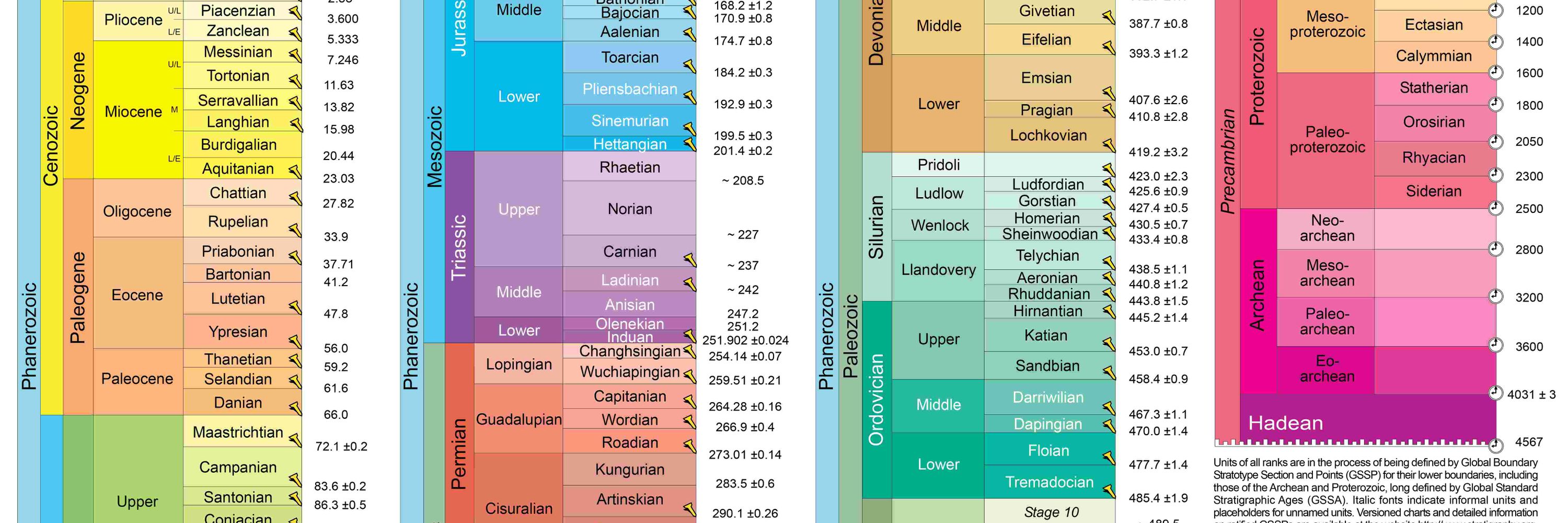
Paleo Nerd 🦖🪨 ⚒️

Here is part of the body of quite a large trilobite known as Paradoxides spinosus. This specimen comes from the Middle Cambrian (Drumian) Jince Formation from the Czech Republic. Paradoxides is one of the largest trilobites known from the Cambrian period.

Here is part of the body of quite a large trilobite known as Paradoxides spinosus. This specimen comes from the Middle Cambrian (Drumian) Jince Formation from the Czech Republic. Paradoxides is one of the largest trilobites known from the Cambrian period.
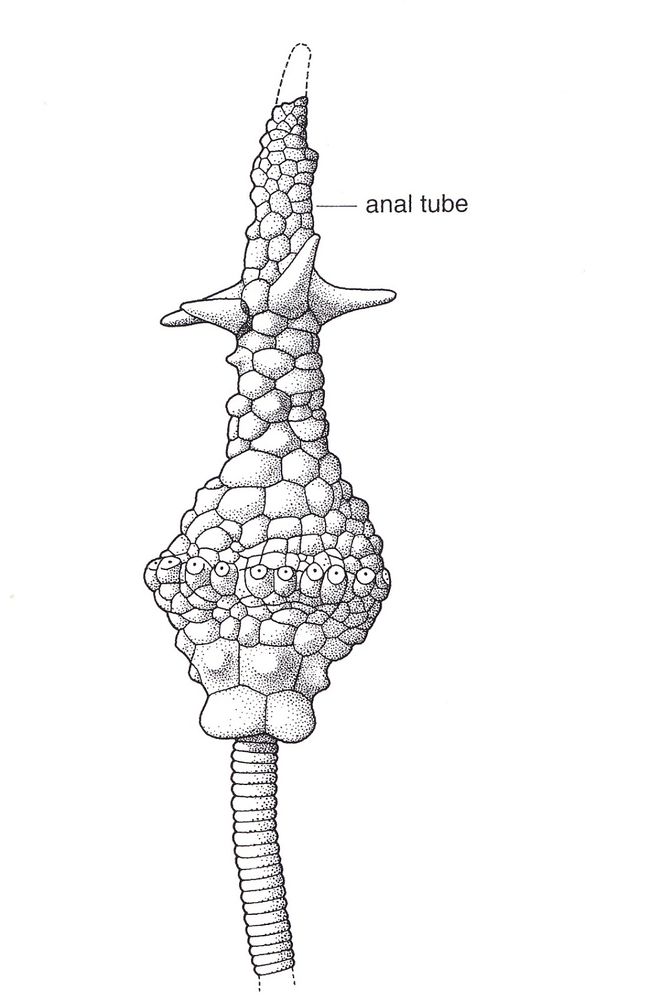
Here is the crinoid Arthroacantha carpenteri with a Platycerid snail attached. These snails are Coprophagous which means they ate fecal matter. The snail would attached to the anal chimney of the crinoid and would feed on the waste.
Arkona Shale
Mid Devonian
Ontario
Here is the crinoid Arthroacantha carpenteri with a Platycerid snail attached. These snails are Coprophagous which means they ate fecal matter. The snail would attached to the anal chimney of the crinoid and would feed on the waste.
Arkona Shale
Mid Devonian
Ontario
Here is a beautifully enrolled Dolomitized Calymene celebra from the Silurian (Wenlock) Joliet Dolomite from Grafton, Illinois.


Here is a beautifully enrolled Dolomitized Calymene celebra from the Silurian (Wenlock) Joliet Dolomite from Grafton, Illinois.
Here is an absolutely beautiful regular sea urchin known as Desoricidaris pouyannei. This specimen comes from the Lower Cretaceous (Cenomanian) rocks of Taouz, Morocco. The preservation of the test (body) is absolutely stunning even after 100 mya!

Here is an absolutely beautiful regular sea urchin known as Desoricidaris pouyannei. This specimen comes from the Lower Cretaceous (Cenomanian) rocks of Taouz, Morocco. The preservation of the test (body) is absolutely stunning even after 100 mya!
Here are 3 beautiful Pentremites sp. Blastoids I collected from the Upper Mississippian (Lower Carboniferous, Serpukhovian) Lower Bangor Limestone in Russellville, Alabama.

Here are 3 beautiful Pentremites sp. Blastoids I collected from the Upper Mississippian (Lower Carboniferous, Serpukhovian) Lower Bangor Limestone in Russellville, Alabama.
www.georgialifetraces.com/tag/sequatch...
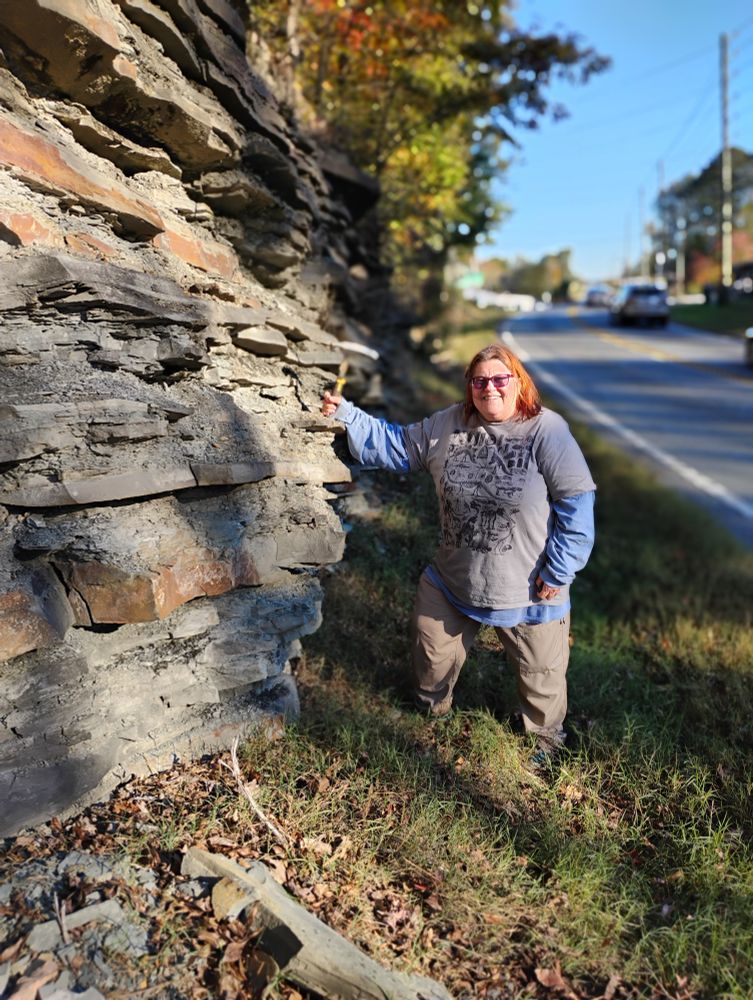



www.georgialifetraces.com/tag/sequatch...








No, dinosaur controversy here, Here we have a beautiful sliced Halysitid (chain) coral from the Middle Devonian Callaway Limestone (Cedar Valley Group) of Columbia, Missouri.

No, dinosaur controversy here, Here we have a beautiful sliced Halysitid (chain) coral from the Middle Devonian Callaway Limestone (Cedar Valley Group) of Columbia, Missouri.

Here is a tiny partially enrolled Kaskia chesterensis trilobite from the Upper Mississippian (Lower Carboniferous, Serpukhovian) Lower Bangor Limestone Formation from Russellville, Alabama. Unfortunately the head isn't there.

Here is a tiny partially enrolled Kaskia chesterensis trilobite from the Upper Mississippian (Lower Carboniferous, Serpukhovian) Lower Bangor Limestone Formation from Russellville, Alabama. Unfortunately the head isn't there.

Here is the holotype cast skull of Proceratosaurus bradleyi. It was found in the Middle Jurassic (Late Bathonian) Great Oolite Group (Forest Marble Formation) near Minchinhampton, a town in Gloucestershire, England.


Here is the holotype cast skull of Proceratosaurus bradleyi. It was found in the Middle Jurassic (Late Bathonian) Great Oolite Group (Forest Marble Formation) near Minchinhampton, a town in Gloucestershire, England.
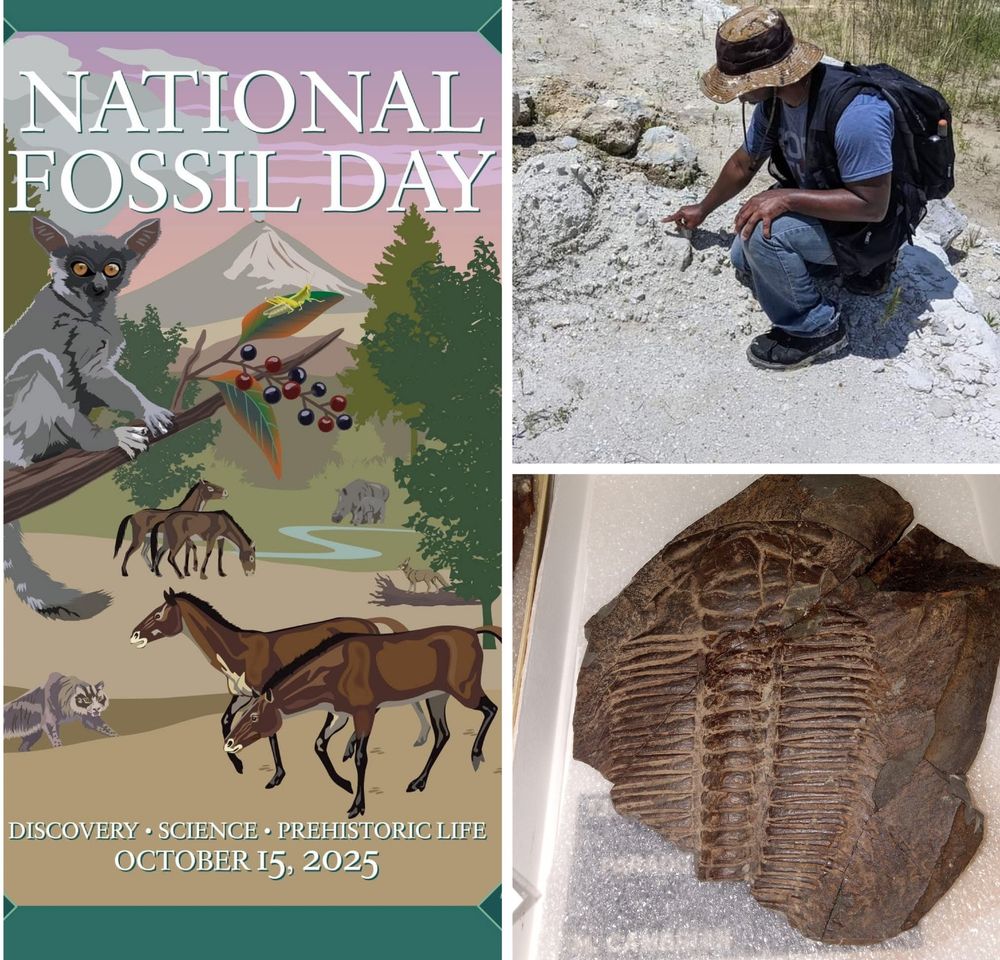
Here is the fresh water Dastilbe elongatus. This specimen comes from the Lower Cretaceous (Aptian-Albian) Santana Formation in Serra de Araipe, Brazil. The Santana Formation is well known for its exquisite preservation of pterosaurs fossils.

Here is the fresh water Dastilbe elongatus. This specimen comes from the Lower Cretaceous (Aptian-Albian) Santana Formation in Serra de Araipe, Brazil. The Santana Formation is well known for its exquisite preservation of pterosaurs fossils.
Circled are two cranidia from the trilobite Tricopelta breviceps. They are less common than trilobites like Flexicalymene and Isotelus within the Cincinnatian Series. This specimen comes from the Upper Ordovician (Richmondian) Liberty Formation in Franklin county, Indiana.

Circled are two cranidia from the trilobite Tricopelta breviceps. They are less common than trilobites like Flexicalymene and Isotelus within the Cincinnatian Series. This specimen comes from the Upper Ordovician (Richmondian) Liberty Formation in Franklin county, Indiana.
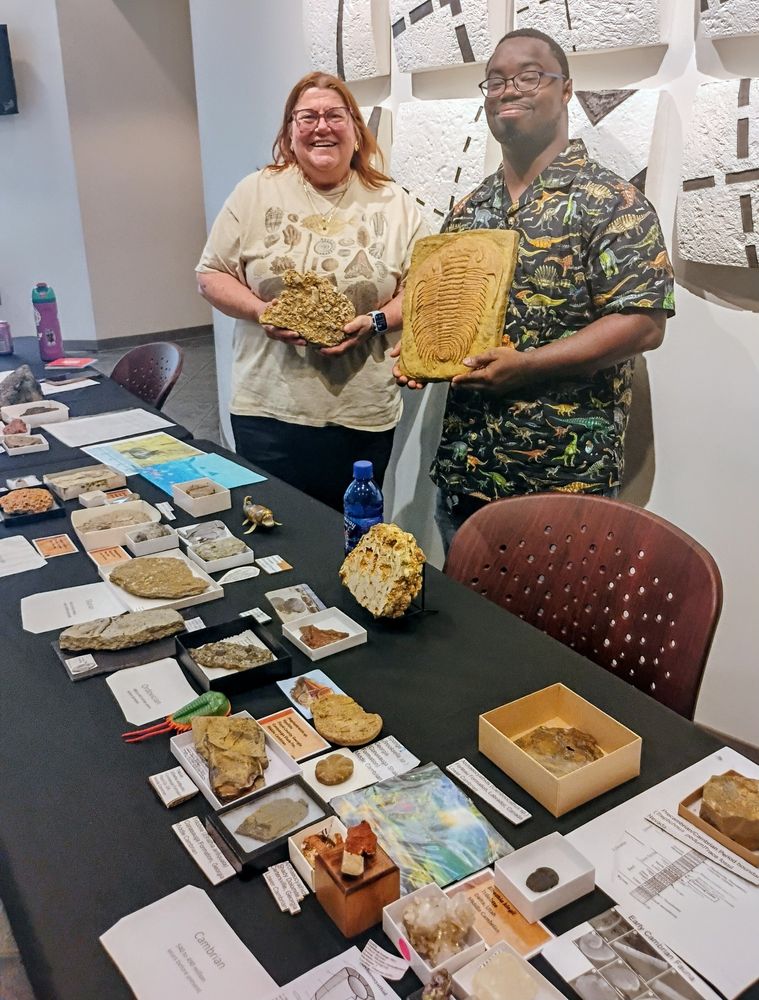


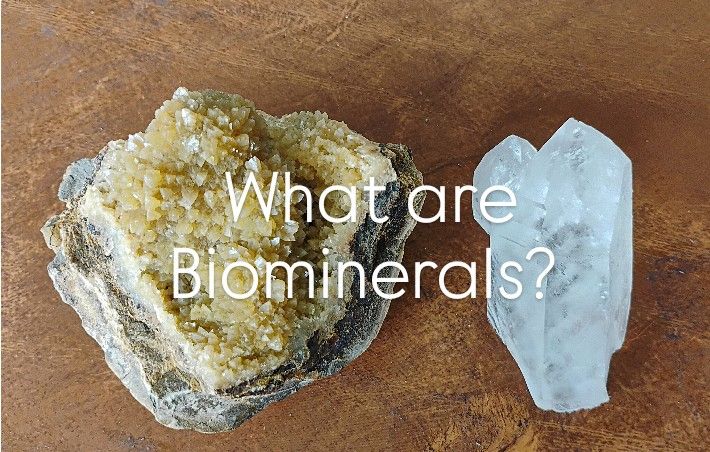

Did someone order seafood on the menu? Here are the shells of the oyster Exogyra cancellata. These come from the Late Cretaceous (Late Campanian) Demopolis Formation in Tueplo, Mississippi. These oysters are so common that you fill your backseat with them.

Did someone order seafood on the menu? Here are the shells of the oyster Exogyra cancellata. These come from the Late Cretaceous (Late Campanian) Demopolis Formation in Tueplo, Mississippi. These oysters are so common that you fill your backseat with them.

